What Meat Labels Really Mean
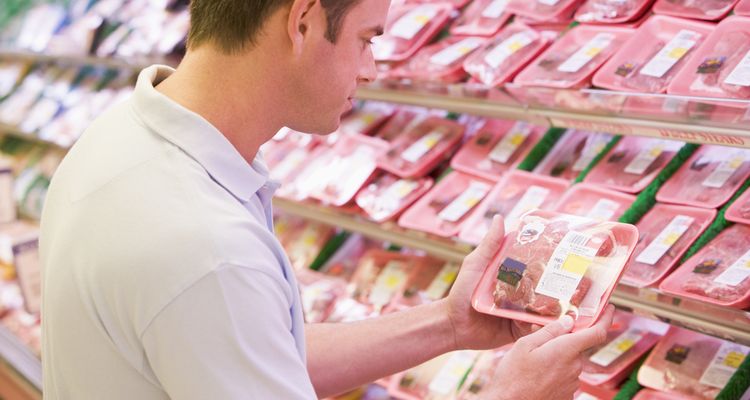
When I was in college, I became a vegetarian. I had concerns about the negative environmental impacts of the meat industry— how much water it uses, not to mention the pesticides, fungicides, and herbicides used on the grains that feed cattle and other animals. I also worried about how the animals were being treated in “mass production” farms.
For the next 25 years, I didn’t eat meat at all. But then I moved to Brazil for a year. If you didn’t already know, Brazil is the meat-producing capital of the entire world. They’re really into their meat. I was invited to spend Christmas Eve with a local family and was warned beforehand that the men would all join together to prepare the all-important barbecue, which in Brazilian Portuguese is called churrasco (pronounced chew-HASS-co). I didn’t want to be an American tourist resisting local customs, so I joined in and ate my first serious meat in 25 years— barbecued beef.
I didn’t know what to expect. Having not eaten meat in so long, would my body rebel? Would I get sick? Nope. If anything, the reaction from my body felt more like “Why haven’t we had THIS in 25 years?” What my body was telling me was that I had been missing out on something my body needed.
I’m not a ravenous carnivore by any means, but I decided to make sure that when I do eat meat, I make the healthiest choices possible.
The challenge I quickly ran into, however, was trying to make sense of meat labels. I knew what I want to avoid— meat that was full of chemicals and antibiotics. But the labels on meat don’t necessarily mean what you think they should mean. Take a look at the different meat labels you’ll encounter in the grocery store and what they really mean.
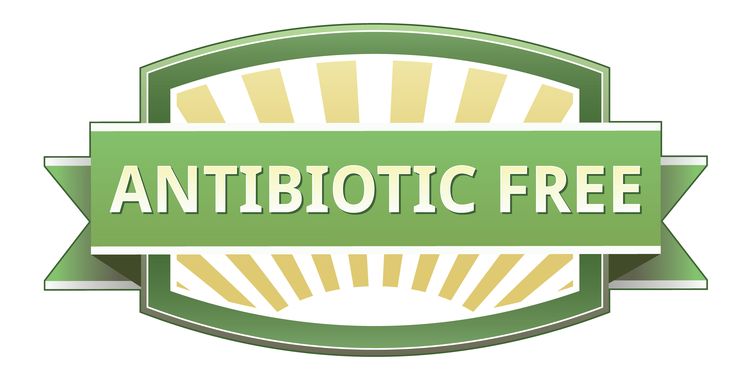
Raised Without Antibiotics
This one seems like a no-brainer at first, right? After all, you know you want to avoid meat that’s full of antibiotics that contribute to bacteria that become resistant to medicine. Mass producers give antibiotics to their animals to keep them from getting sick and ensure they gain as much weight as possible.
Unfortunately, you can’t trust any meat label that mentions anything about antibiotics. First of all, the United States Department of Agriculture (USDA) doesn’t allow producers to make claims such as “antibiotic-free,” “no antibiotic residues,” “drug-free,” “chemical-free,” or “no antibiotic growth promotants.” Instead, the companies try to come up with creative ways to claim they’re being antibiotic-free, such as “raised without antibiotics.” That’s meaningless because it’s not backed by any kind of government certification.
Takeaway: You can’t necessarily trust any meat label that makes a claim about antibiotics.

Hormone-Free
A hormone-free label is just as problematic as labels that make claims about antibiotics. To begin with, the USDA doesn’t allow hormones to be used in chickens, turkeys, or hogs. Any company producing these meats that bother to put a “hormone-free” label on them is just trying to make themselves look good when in reality they’re just complying with the law.
Farmers can use hormones with sheep and cattle, but just because a label on these meats makes a claim of “hormone-free” doesn’t mean it’s true. You have to decide if you’re going to trust that label or not— and once again, such claims aren’t backed by any kind of government certification.
Takeaway: You can’t necessarily trust a “hormone-free” label on meat.
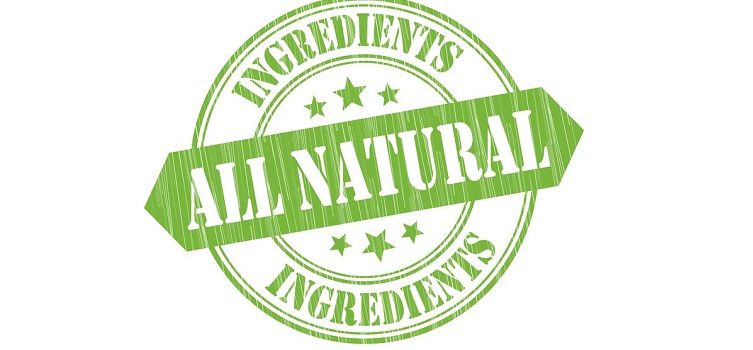
Natural
Believe it or not, finding a “natural” label on your meat is a significant step in the right direction. The USDA does have a set definition for what “natural” means. The only drawback is that all it means is that the meat has no artificial ingredients or added colors and has only been minimally processed. Not a very robust set of criteria— there could still be lots of unwanted things hiding in “natural” meat.
Takeaway: A “natural” label sounds good but doesn’t go nearly far enough to guarantee safety.
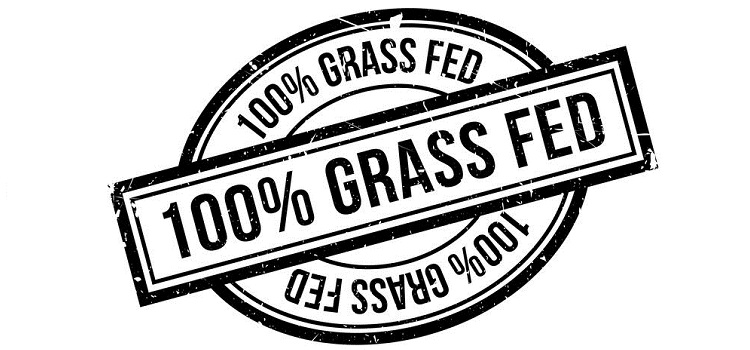
Grass-Fed
Seeing a “grass-fed” label on meat also seems like a step in the right direction. You get the picture that the animal had the opportunity to live a more “natural” life out in the open. But that picture might be a little too rosy. To carry a “grass-fed” label, the USDA requires that the animal have continuous access to pastures during the growing season, which means the animals might still have spent a significant portion of their lives confined in questionable conditions.
Still, knowing that the animals ate more natural foods instead of farmed grains, soy, or corn is definitely an improvement. However, it still doesn’t go far enough for those who want to eat the safest, highest-quality meat possible.
Takeaway: “Grass-fed” is a step in the right direction but might not mean what you think.
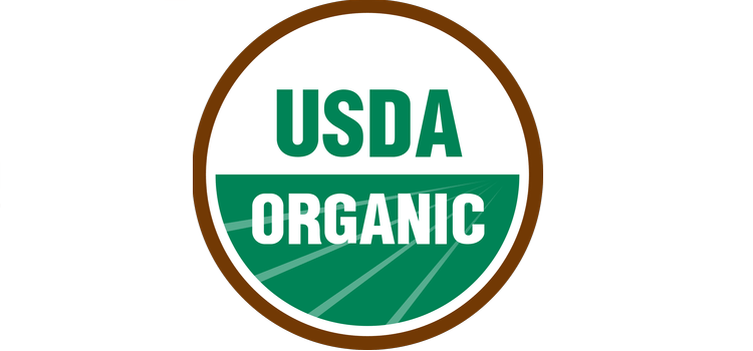
Organic
When you see an “organic” label on meat, you’ve arrived at the potential pinnacle of the best and safest meat you can find. The USDA is very clear about what an “organic” label means on meat: no antibiotics, no hormones, and no feed that wasn’t also raised organically, which means free of most conventional pesticides and petroleum-based or sewage sludge-based fertilizers.
The animals must also have access to the outdoors. Carrying an “organic” label means the farming operation has achieved a real certification that meets all those standards. The “organic” label is the best one to look for, and if you combine it with grass-fed, then it’s even better. If you’re concerned with animal welfare, also look for a humane certification such as “Animal Welfare Approved,” “Certified Humane,” “Global Animal Partnership,” or “Food Alliance Certified.”
The biggest problem with meats that carry an organic label is the cost. There’s no way around it— organic meat is significantly more expensive than non-organic meat. But even replacing just one meal a week with organic meat is worth it to get you started and ease the hit to your wallet.
Summary
If you’re a meat lover who wants to make the healthiest choices possible when it comes to safety and quality, the array of meat labels can be incredibly confusing. Luckily, there’s really only one main label to focus on, which is “organic”— and combining that with grass-fed is even better. If you want to go the extra mile, try buying locally when it comes to meat. You could even make a field trip to the farm to check the operation out yourself and ask questions.
Final takeaway: Go for local, organic, grass-fed meat with a humane certification.
